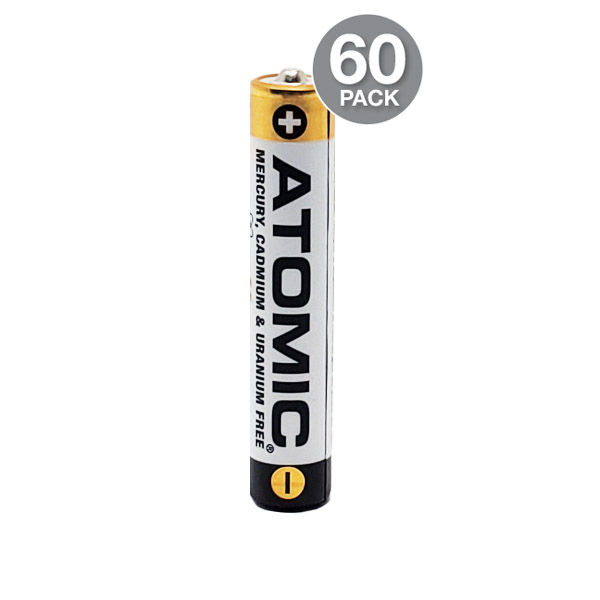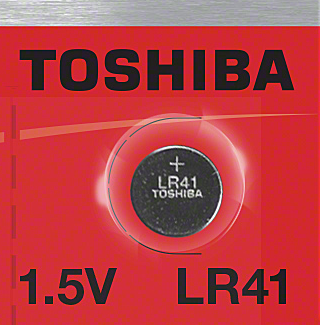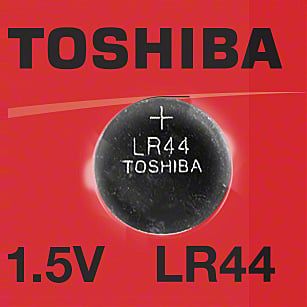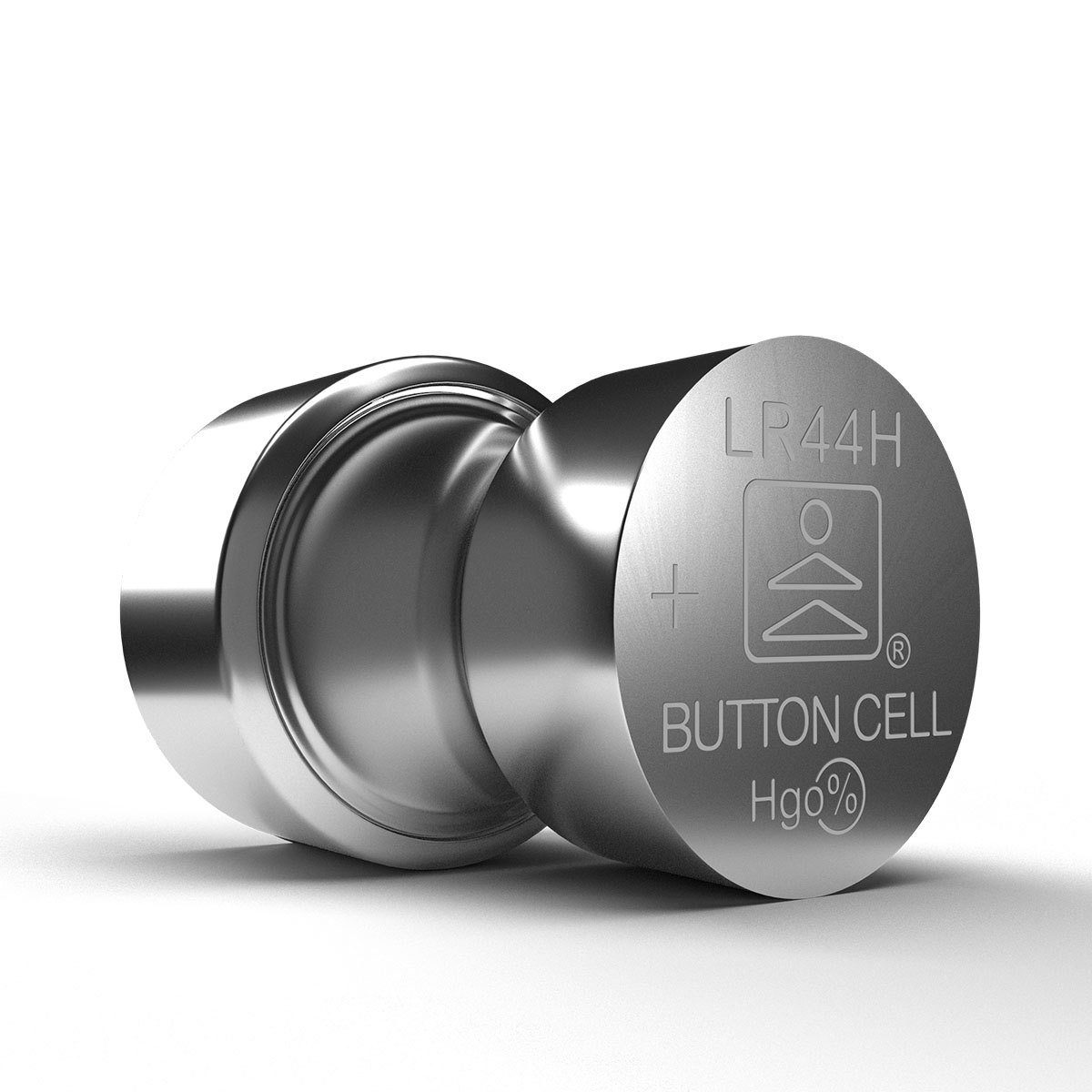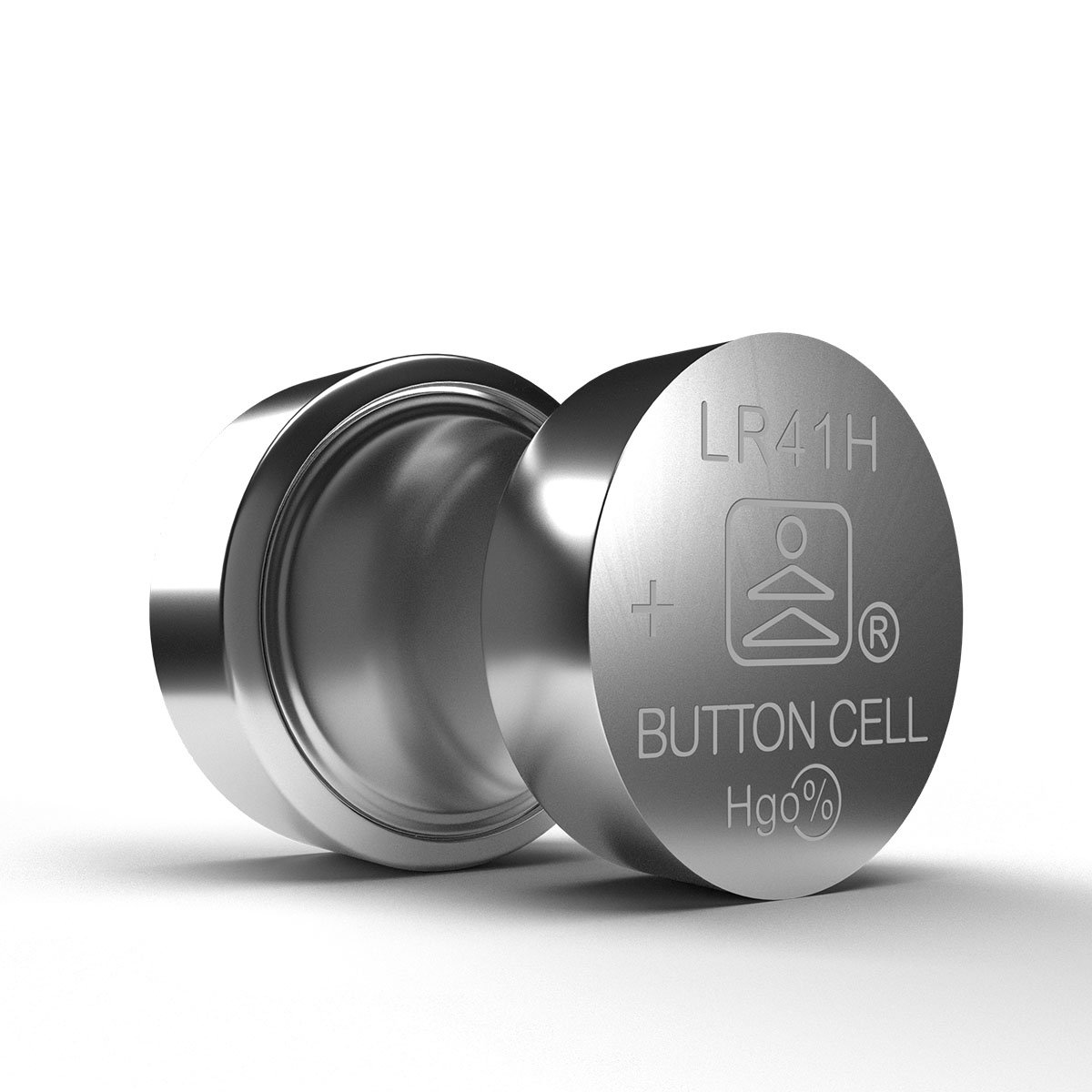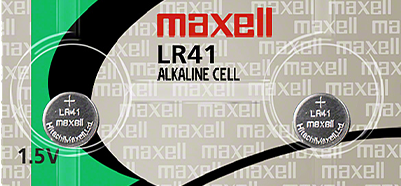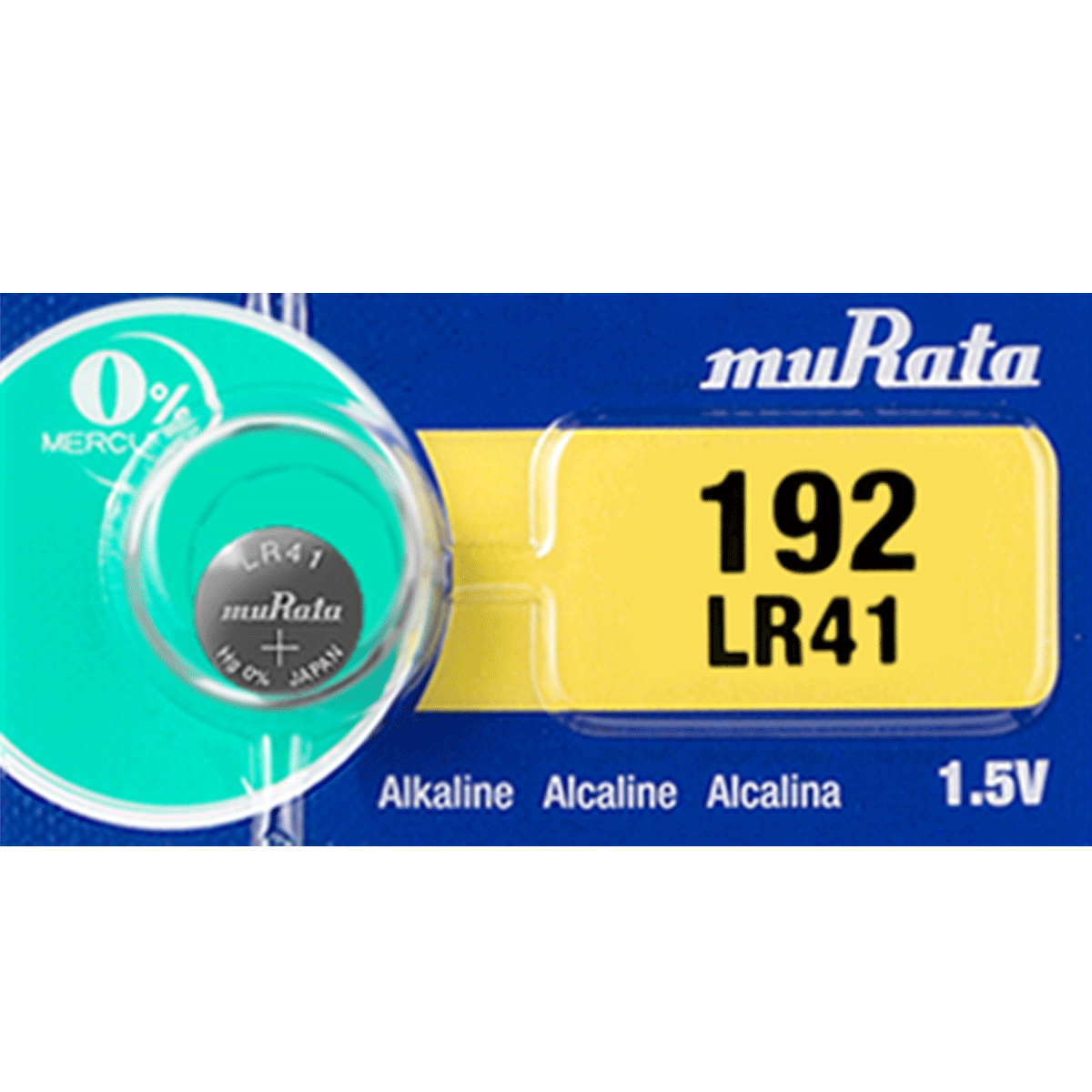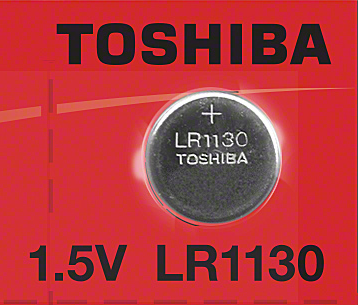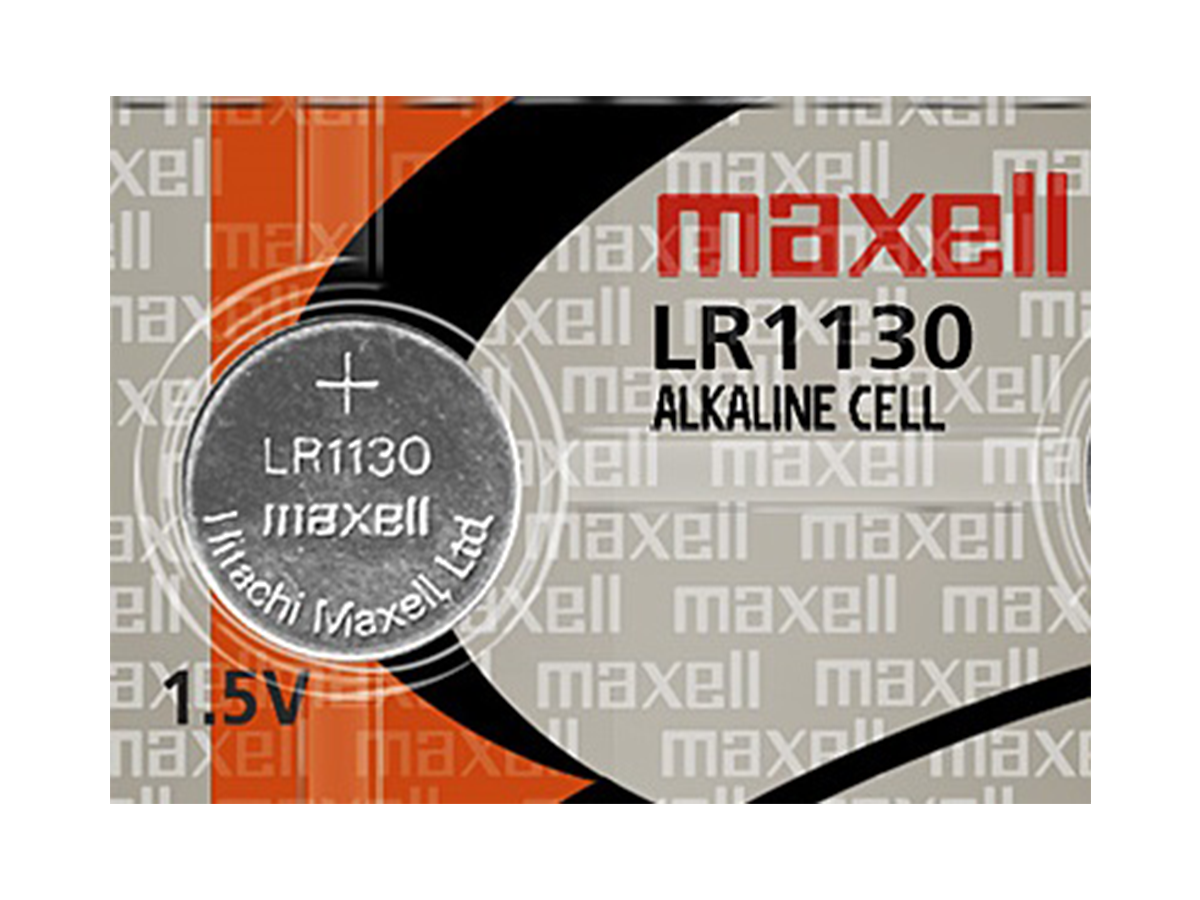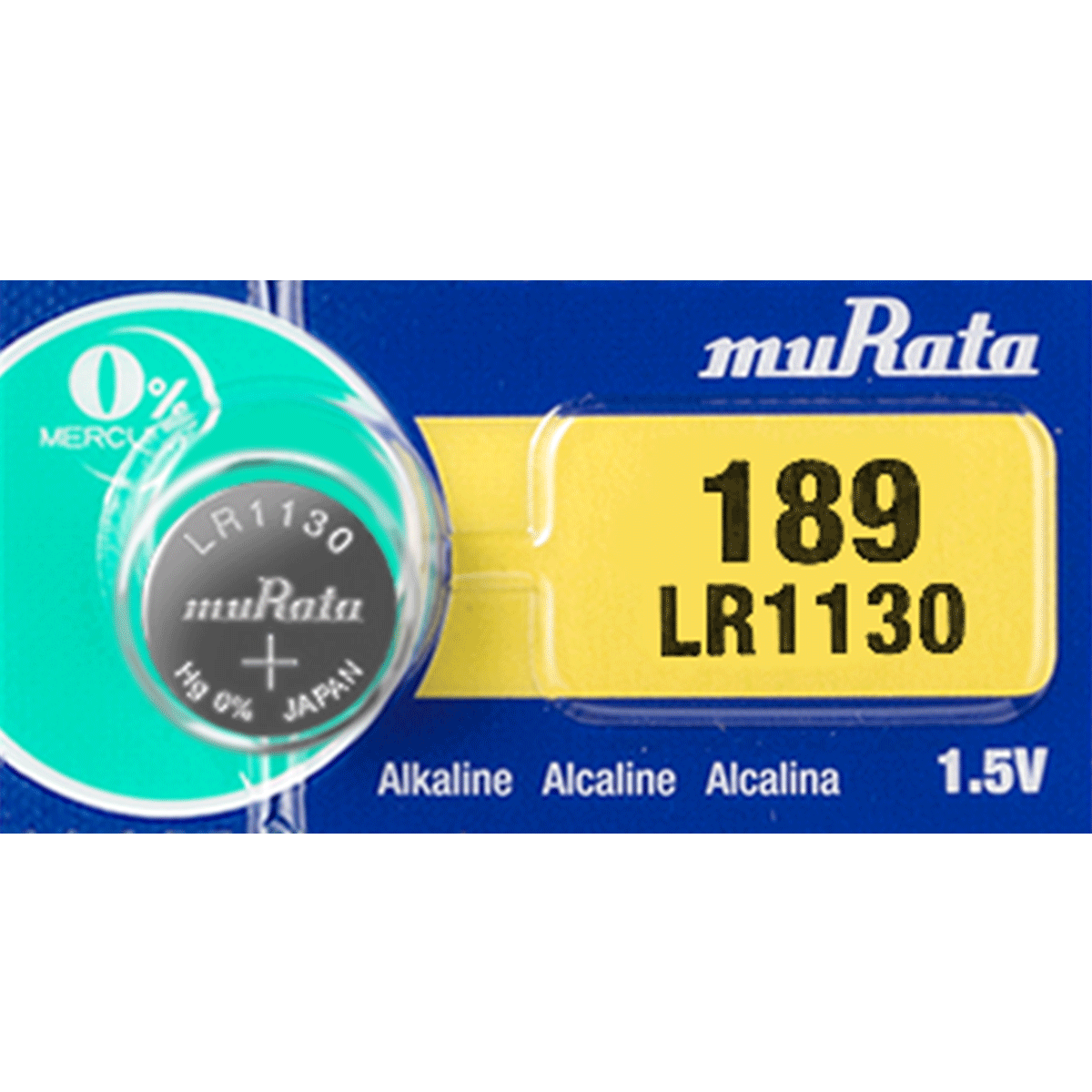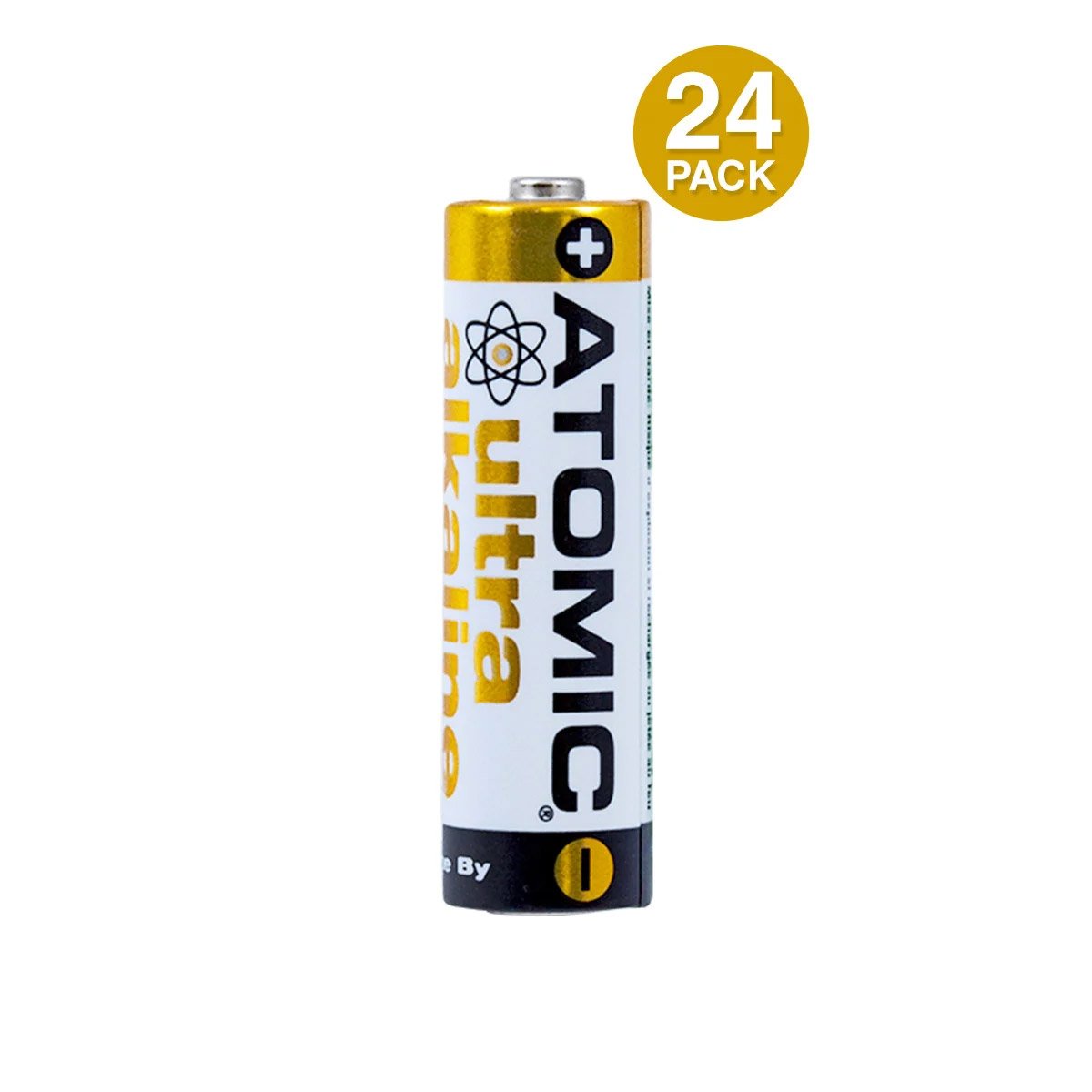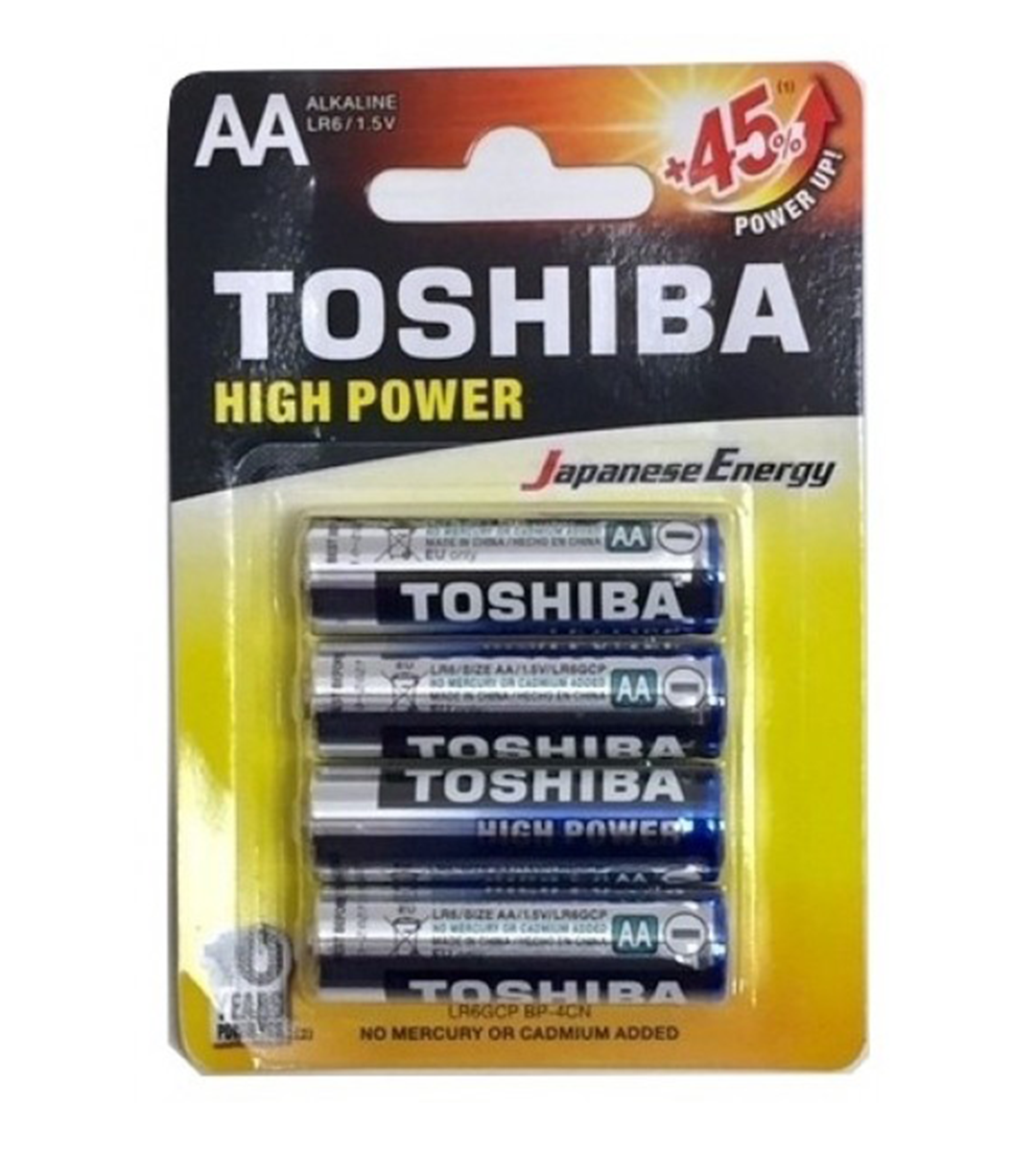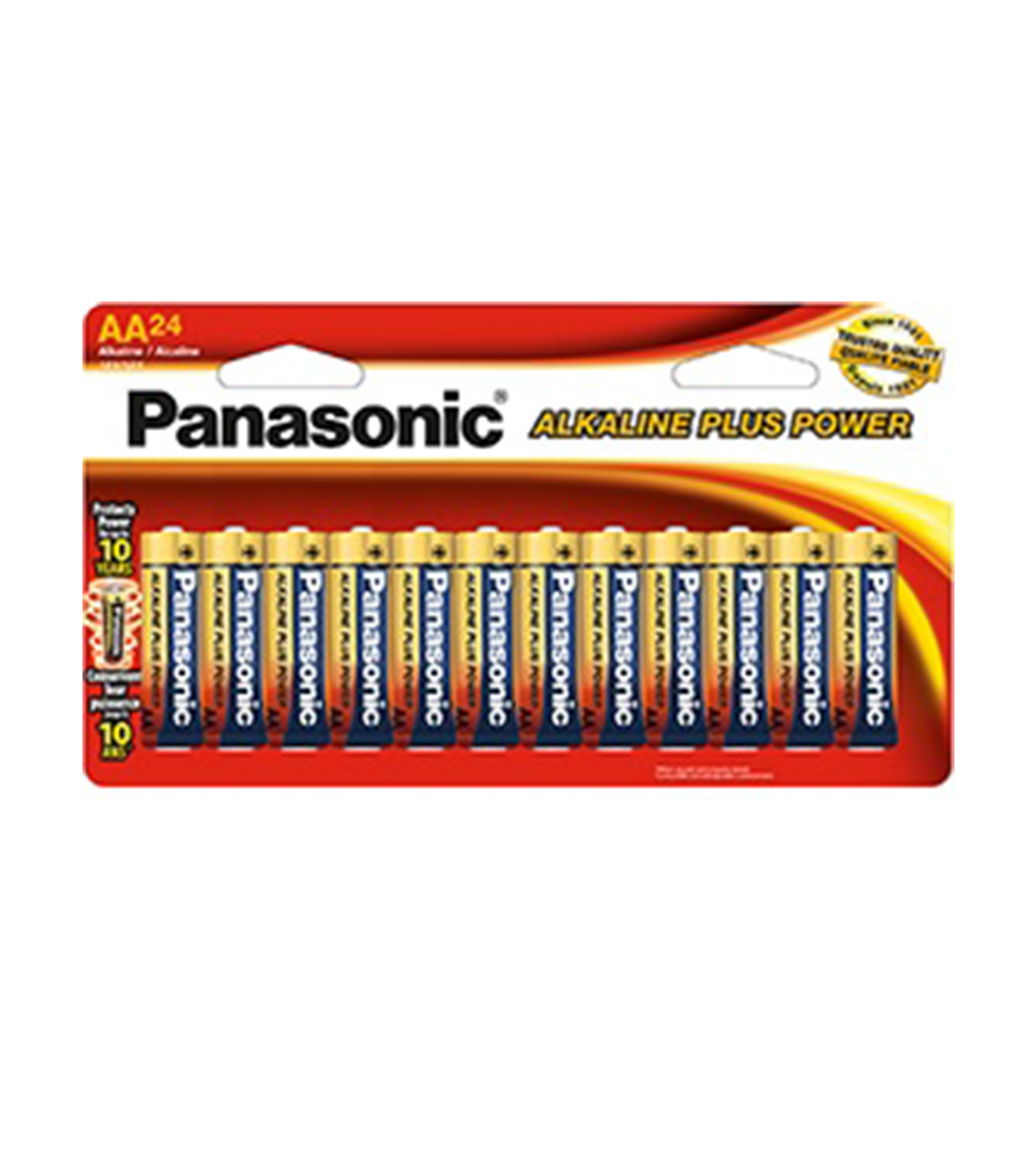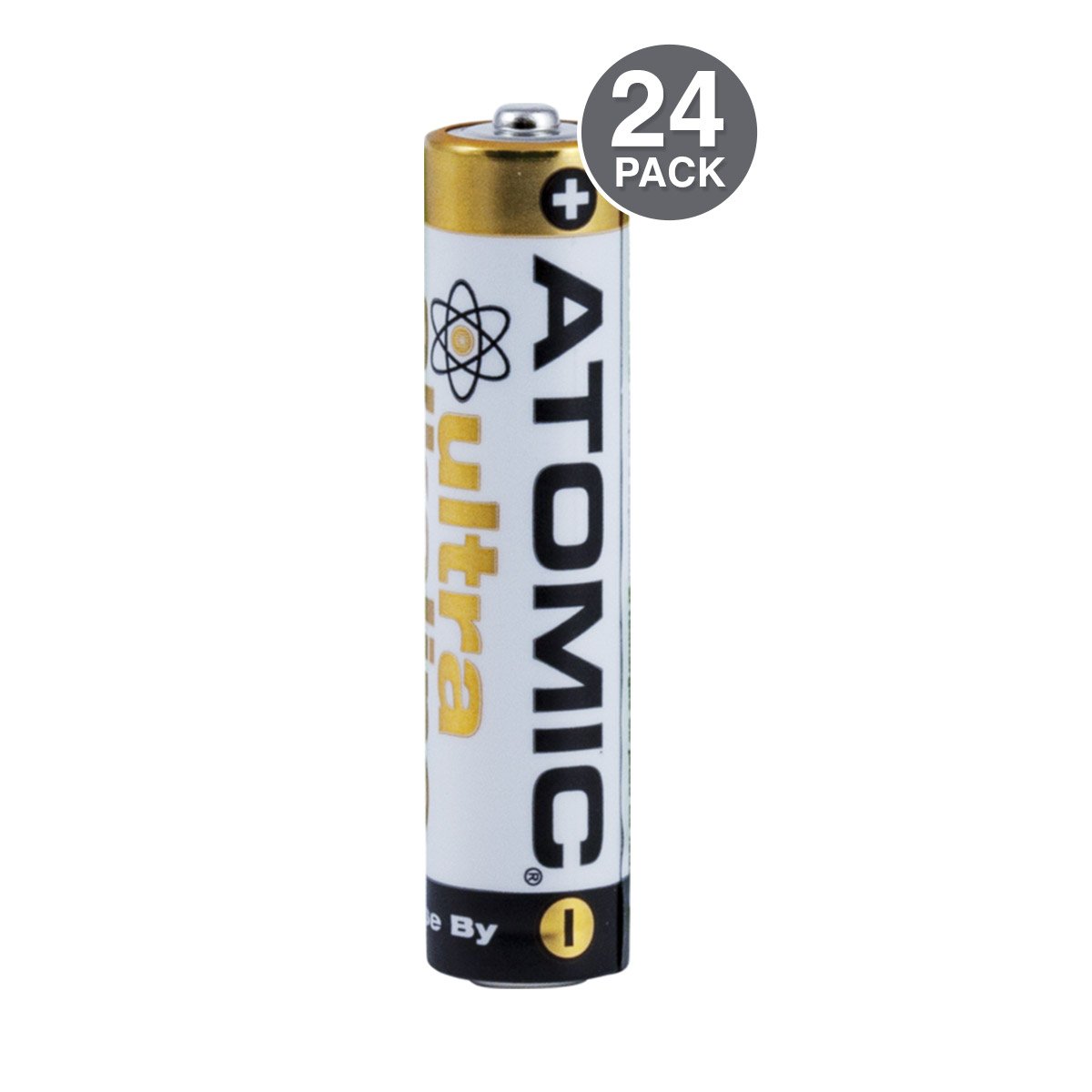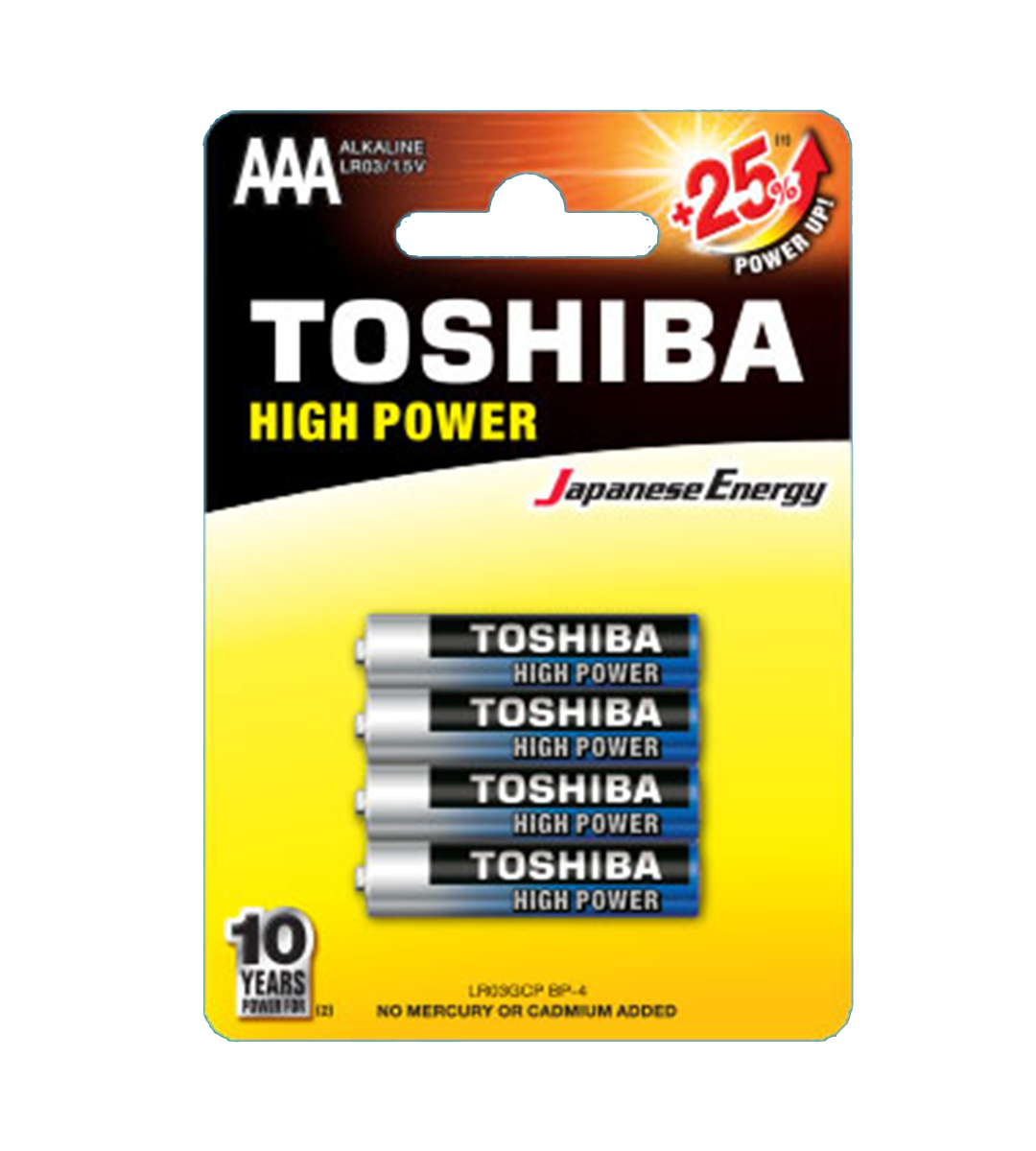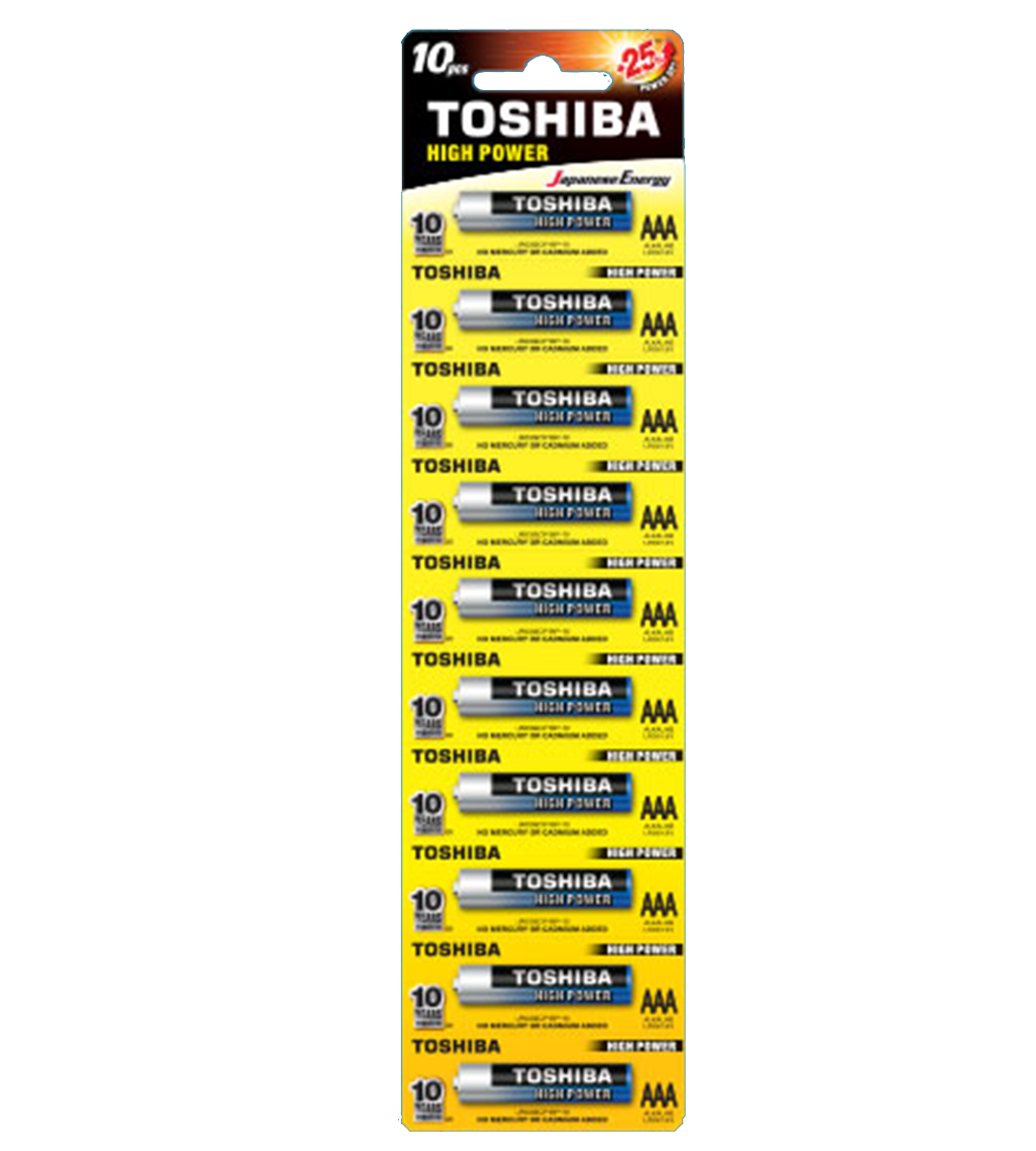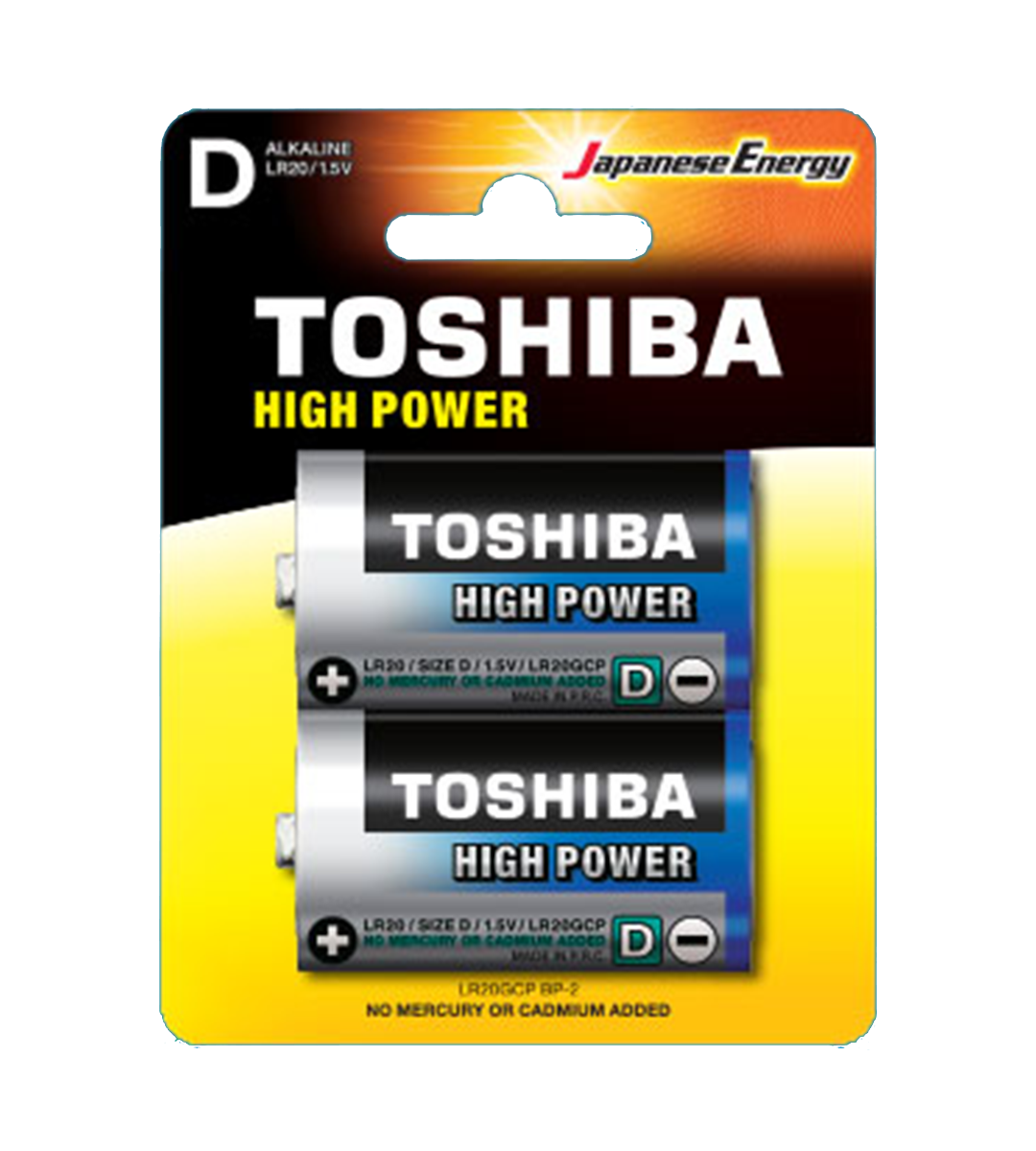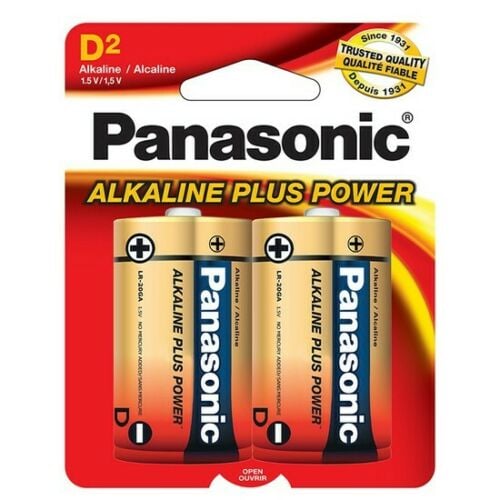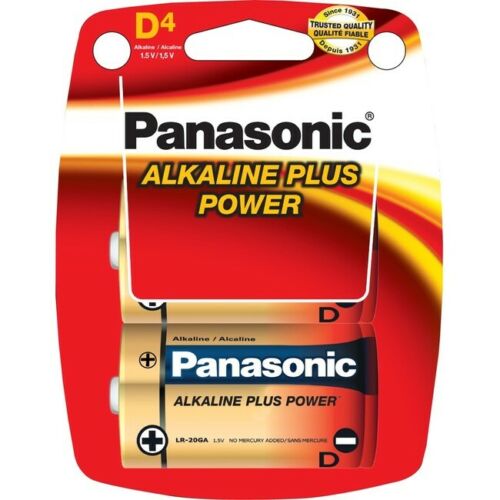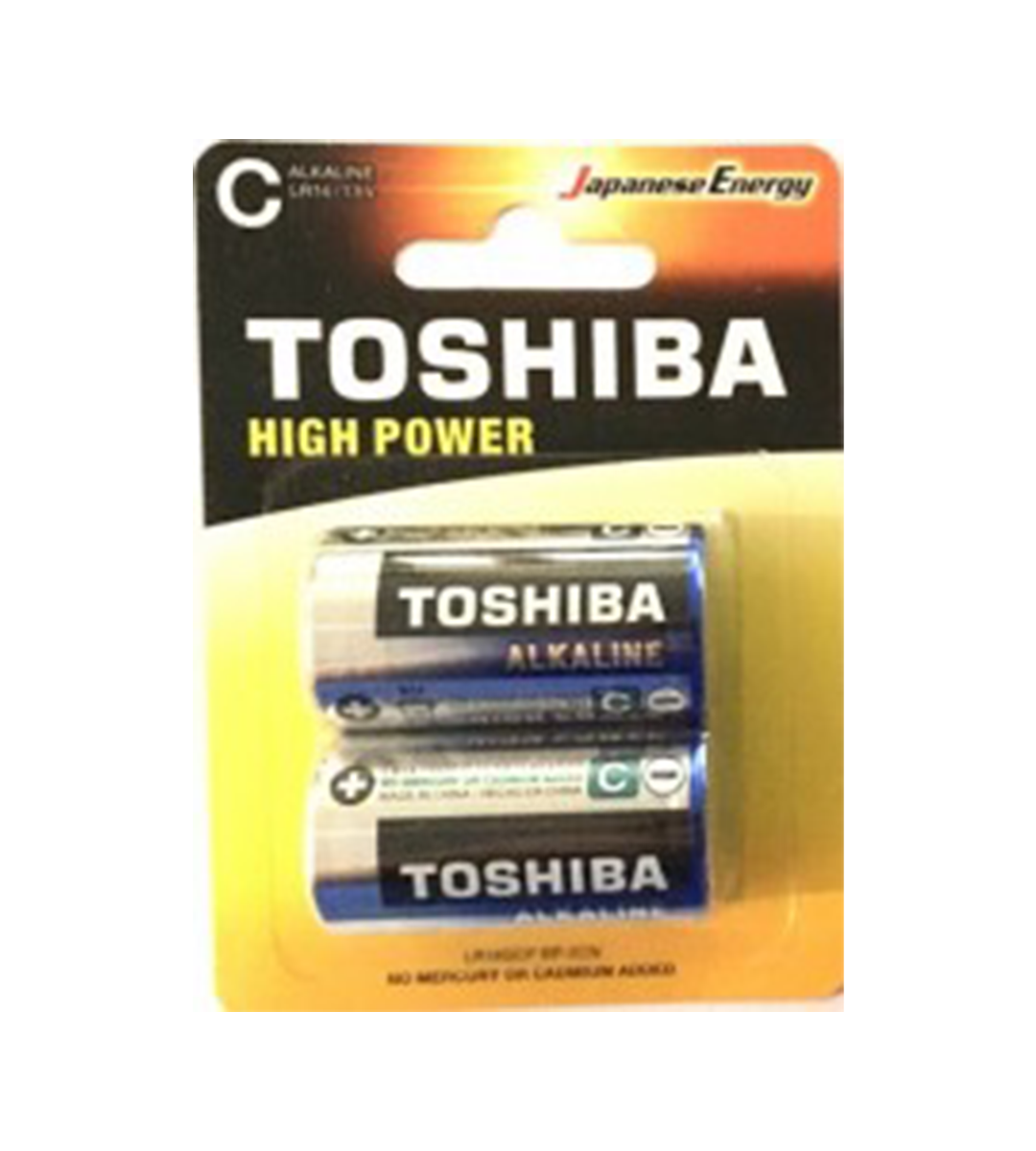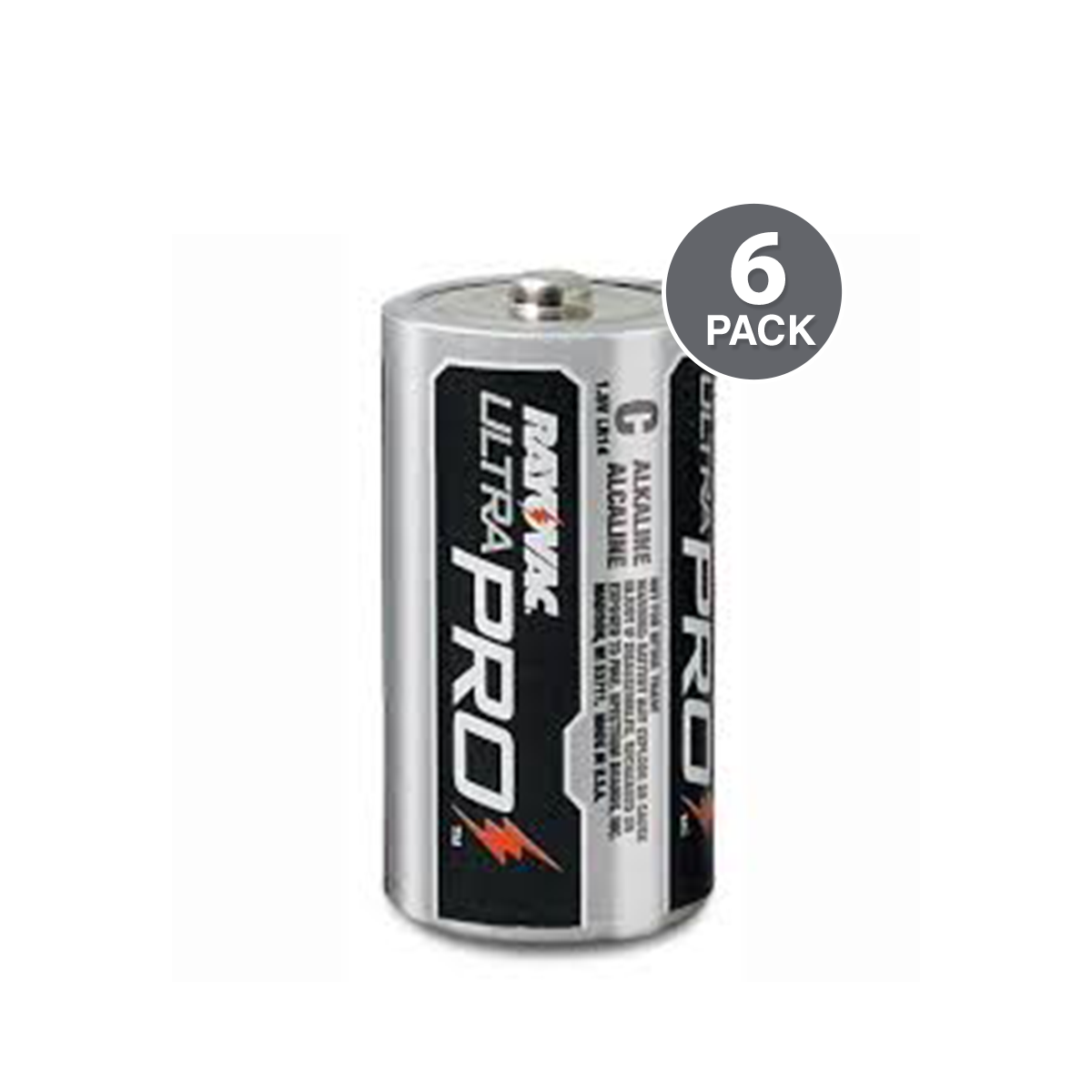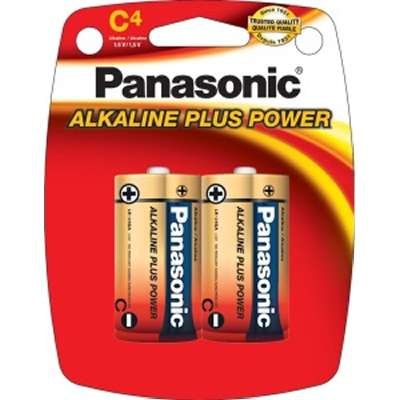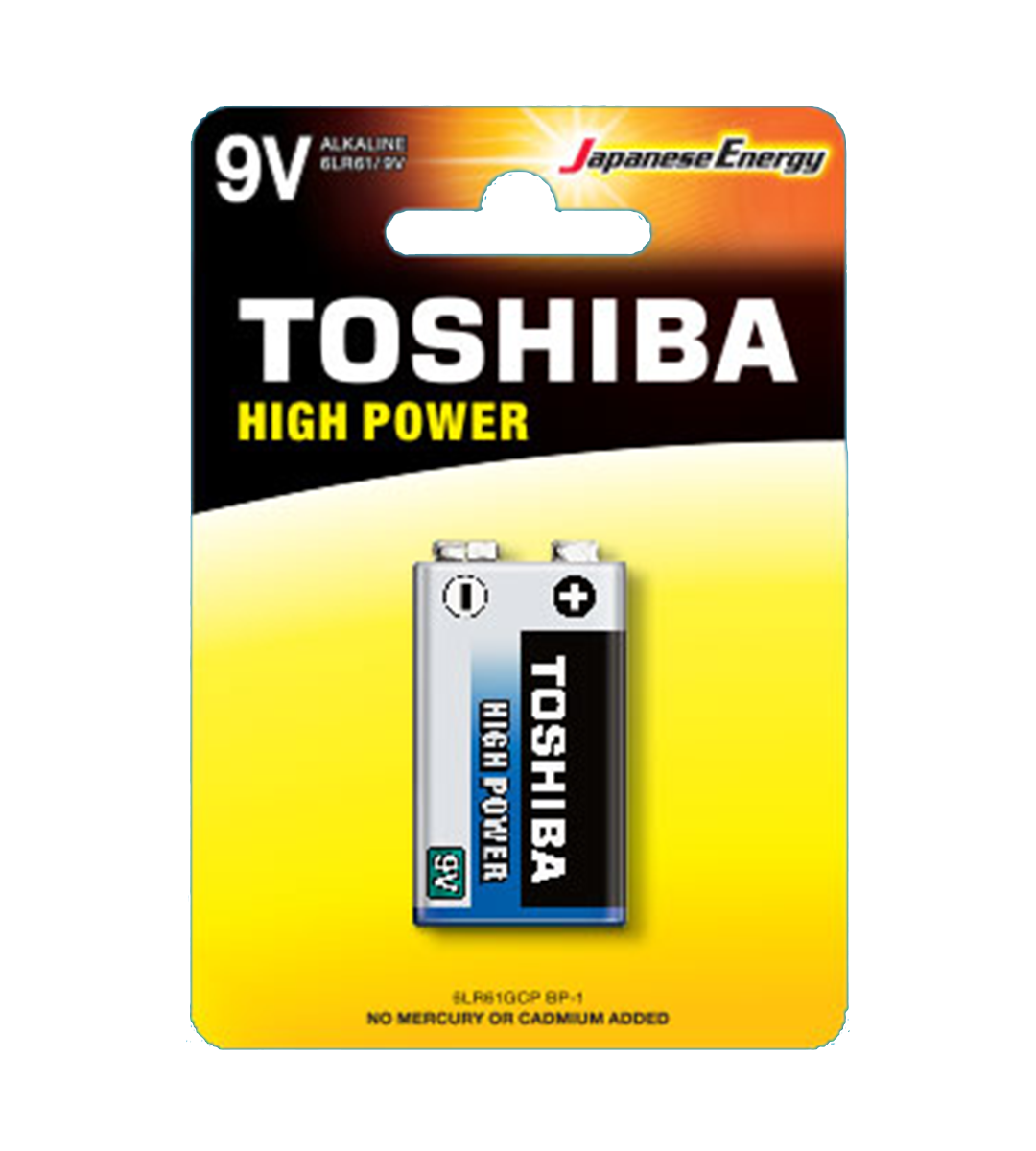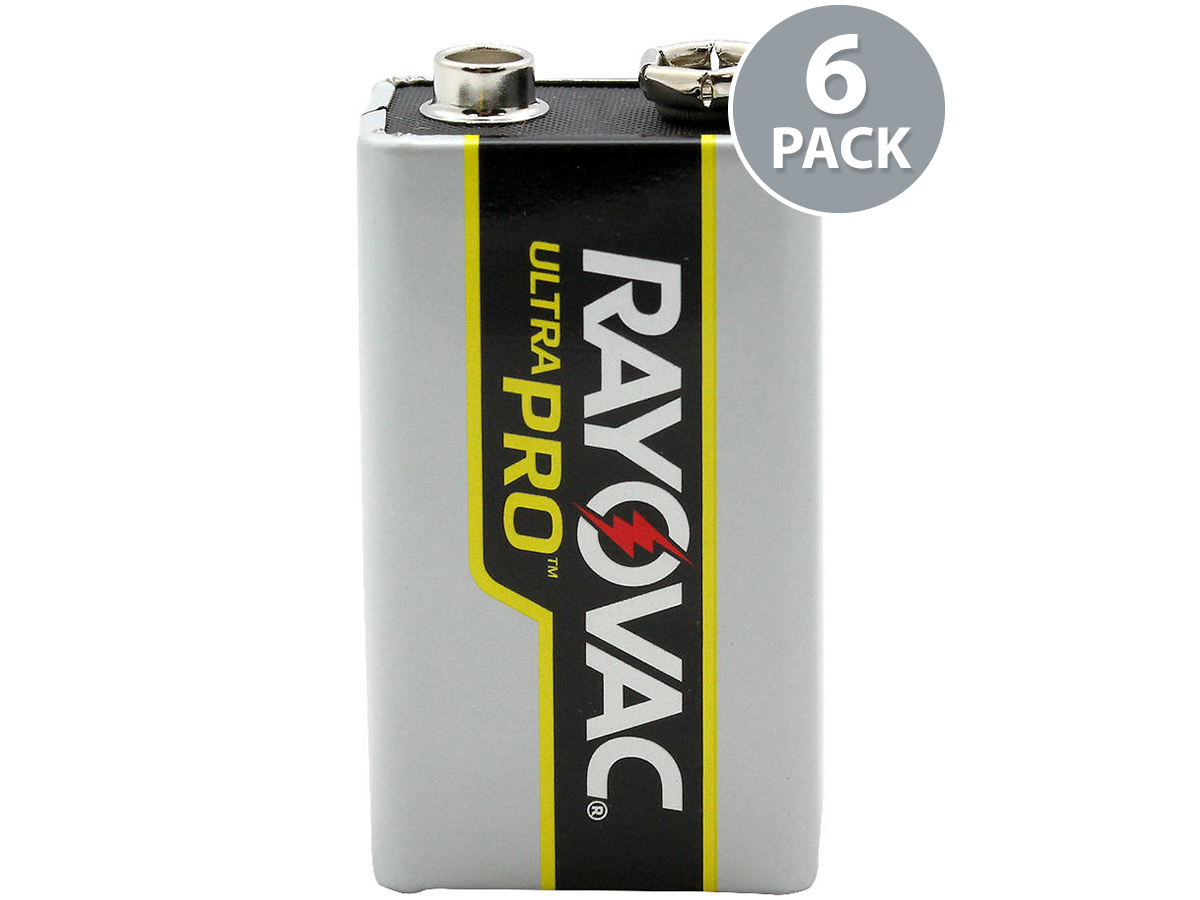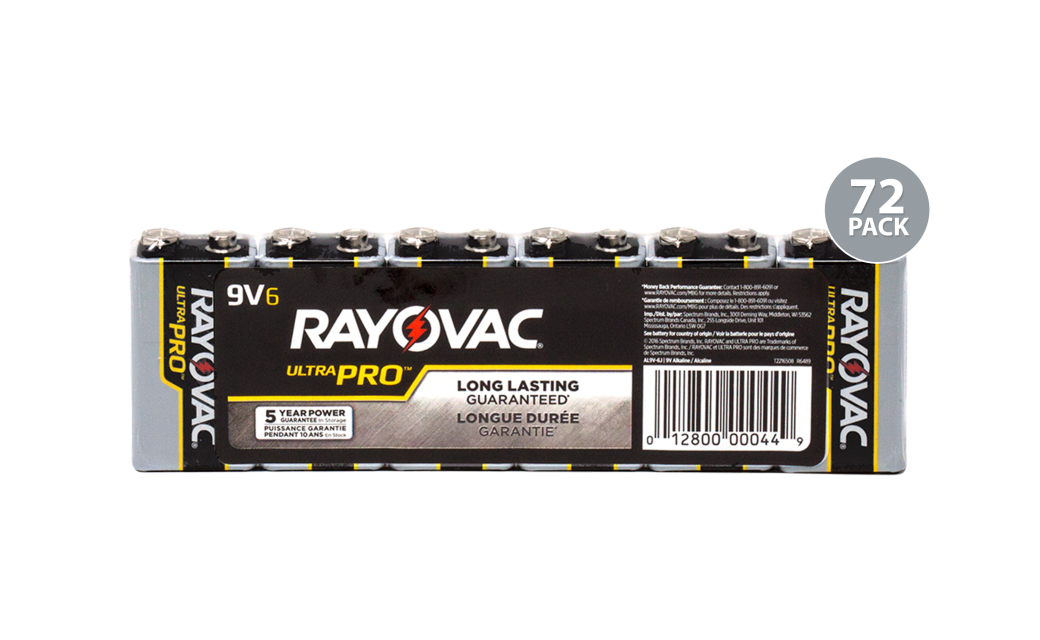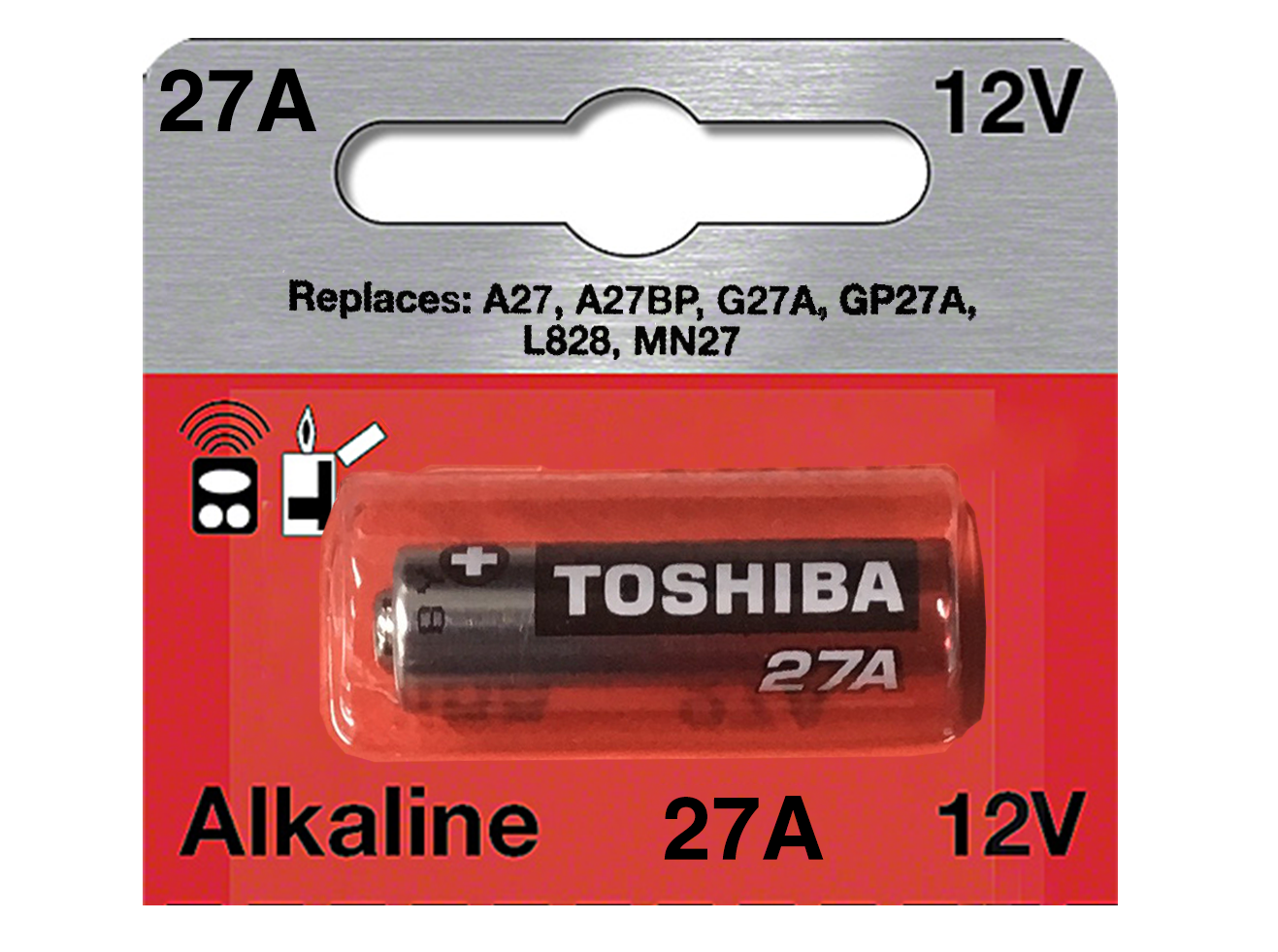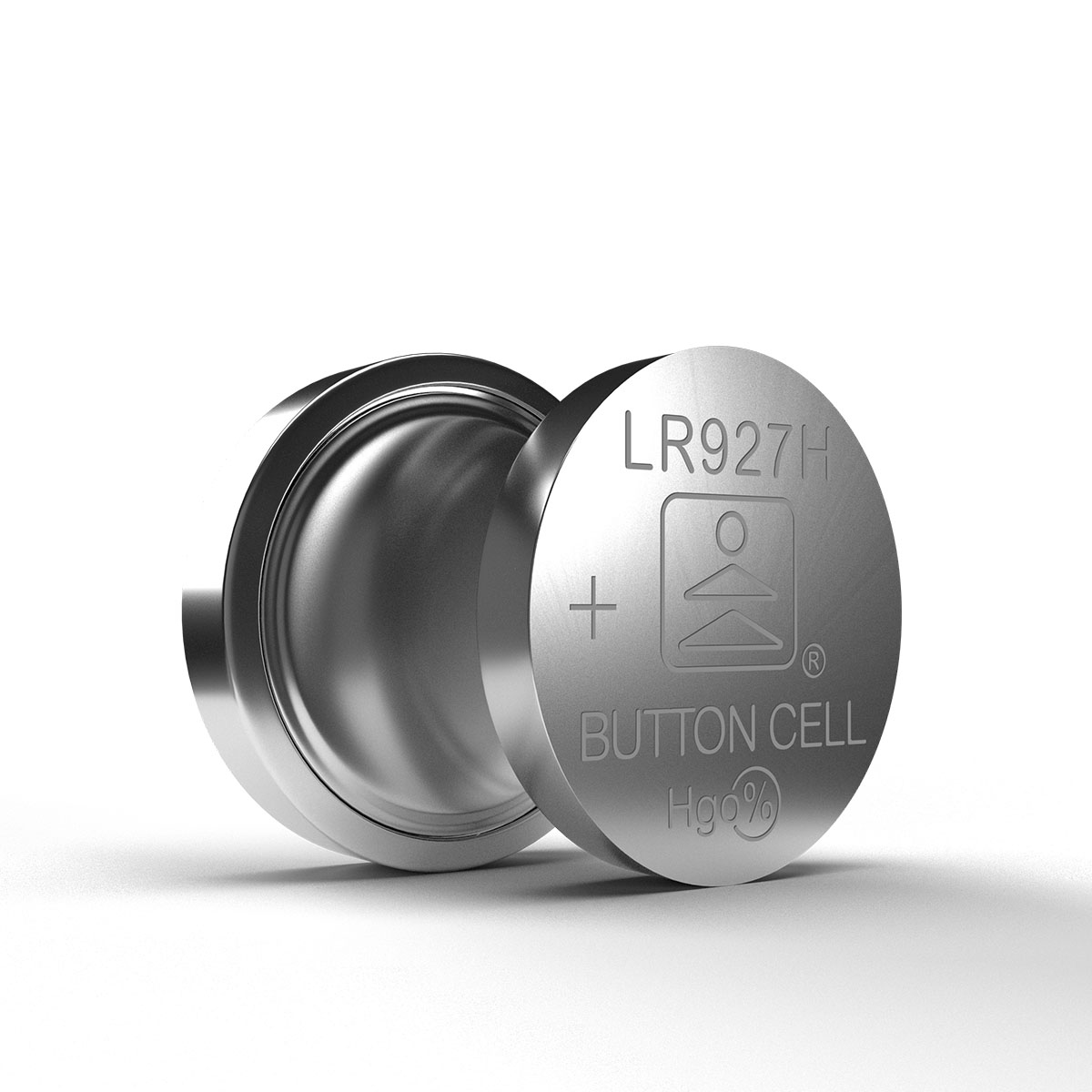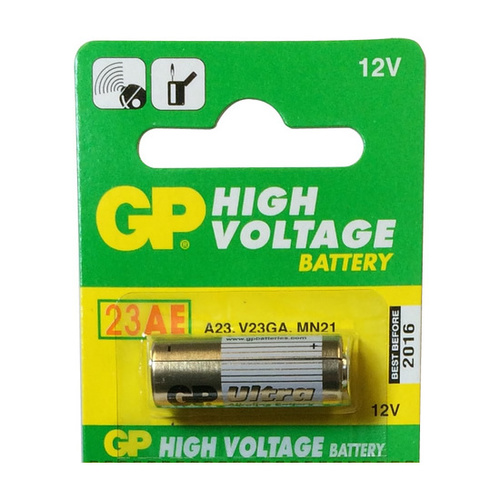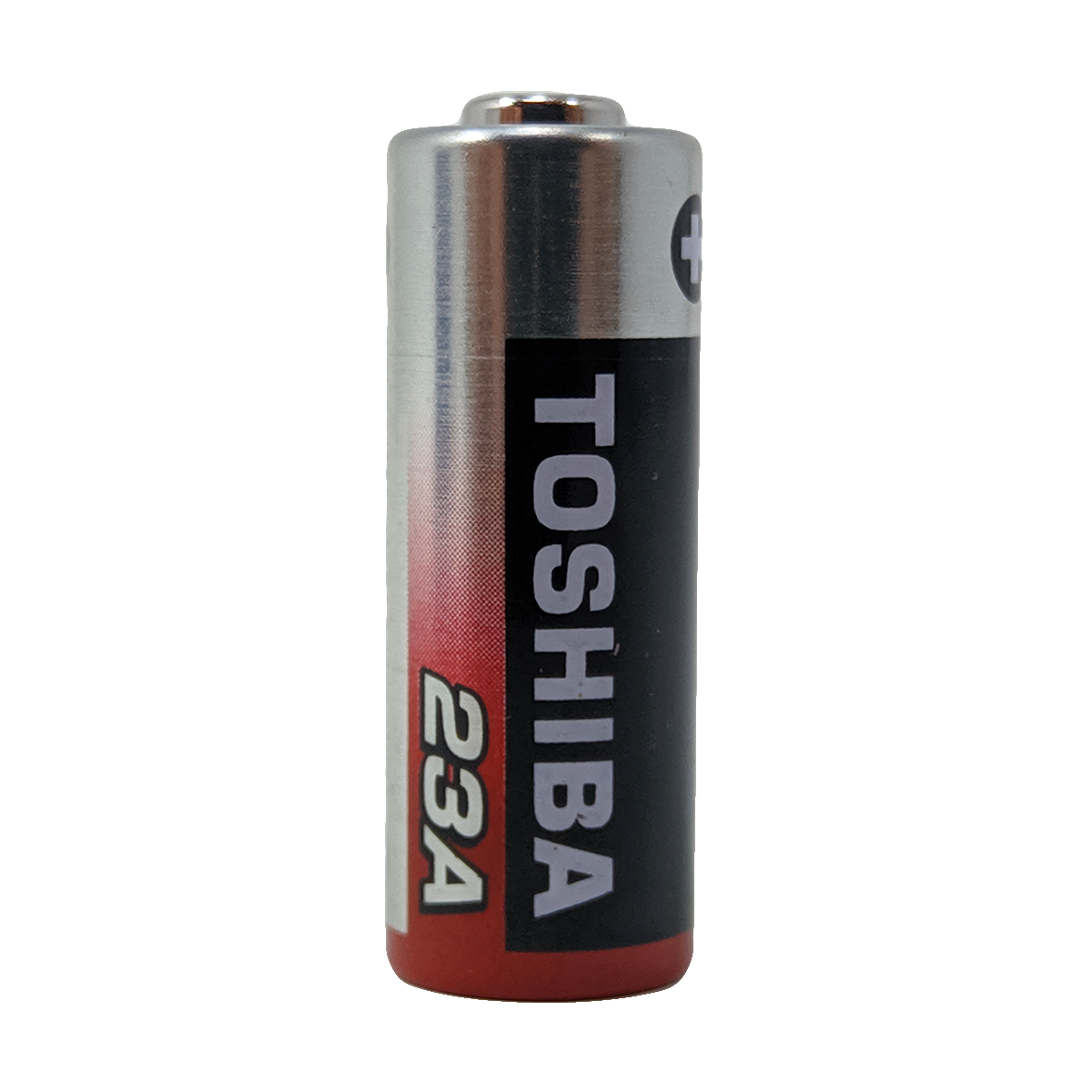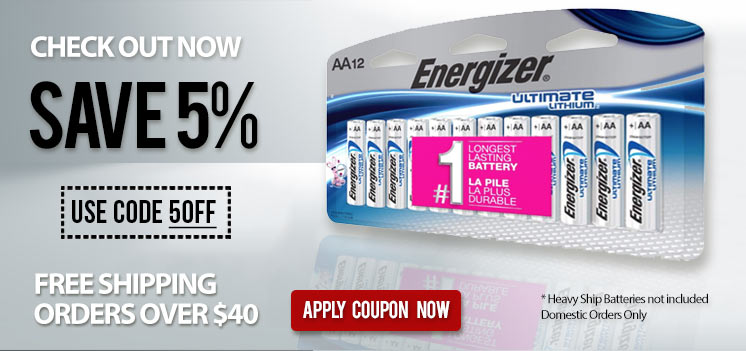Alkaline
Microbattery.com carries top quality AA, AAA, C, D, 9v, and hard to find alkaline battery products. We carry respected alkaline battery brands including Atomic, Duracell, GP Batteries, Energizer (and Eveready), Panasonic, Rayovac, and Sony. Alkaline AA, AAA, C, D, and 9 volt batteries can readily start up high current equipment with dynamic instantaneous power, and deliver a stable current for many hours. Alkaline batteries meet a wide variety of application requirements for a range of devices including portable radios and TV's, motorized toys, clocks, electronic games, cellular telephones, electronic photoflashes, and more. If you are not sure which alkaline battery brand you want, but know the size you're looking for, you can browse all batteries grouped by their sizes. You will find the more common AA and AAA batteries, C and D alkaline batteries, and 9 volt (9v) alkaline battery brands competitively priced. We also carry Energizer AAAA alkaline batteries (E96) which are most often used to power pen lights, laser pointers, and styluses.
For large wholesale and B2B orders please contact us directly at (305)-371-9200
or
To create an customer/wholesale account for web site purchase please click here
Shop Popular Alkaline Batteries:
Shop LR44 Battery Shop AAA Battery
Shop LR41 Battery Shop AAAA Battery
Shop AA Battery Shop A23 Battery (LR23)
Shop 9V Battery Shop 27A Battery (LR27)
Shop LR1130 Battery Shop D Battery (D Cell)
-
-
-
Rayovac Ultra Pro C Cell Batteries 6 pack
Out of stock -
Additional Information On Standard Alkaline Batteries
Alkaline batteries were invented in 1949 by Lewis Urry, a chemical engineer at the Eveready Battery Company, and have been with us since the 1950s. They are the most widely recognized among primary batteries and served as the next step in off-the-shelf consumer batteries, gradually replacing the cheaper 1.5-volt zinc-carbon that powered most consumer devices at its peak. Alkaline batteries deliver more energy at higher loads than their zinc-carbon predecessors and are considerably less susceptible to electrolyte leaks from spent batteries. Leaks are caused by the production of hydrogen gas all primary batteries produce as they discharge. In the absence of adequate venting, pressure builds that ruptures the battery seal creating a corrosive crystalline formation that can spread even into the host device and cause damage.
In common with other primary cells, alkaline batteries have higher specific energy, hold higher capacities, and deliver nearly 40 percent more energy than newer rechargeable technologies such as the lithium-ion batteries. While impressive in published technical specifications, however, manufacturers often do not mention specific power, or power delivery, which is different from specific energy. Primary batteries are inferior to rechargeable batteries when it comes to specific power, particularly for loads that draw high current. Their lack of strength on loading makes alkaline batteries more suitable for light loads of lower drain applications such as remotes, flashlights, and other portable electronics. Where alkaline batteries fail to address the requirement for high capacity devices, lithium-metal batteries offer improved loading.
Alkaline and other primary batteries exhibit low performance under high load conditions due to their high internal resistance, which is how well electrical current flows through a material, as measured in ohms (Ω). As the battery is discharged, its internal resistance continues to increase, which causes a collapse in voltage. Demonstrating the performance of an alkaline battery in low drain devices as opposed to high drain devices, a depleted alkaline from a digital camera will frequently contain enough energy to power a wall clock for as long as two years.
The most widely recognized among primary batteries is the alkaline, which offers great benefits:
- High specific energy (i.e., capacity)
- Affordability and low cost to manufacture
- Safe disposal due to environmental friendliness
- Leak-proof on full discharge
- Long storage life of up to 10 years
The excellent safety record of alkaline batteries allows for unregulated transport on aircraft. Unfortunately, alkaline cells are limited to light loads of low drain devices such as remotes, flashlights, and some portable electronics. Where alkaline fails to address the requirement for high capacity devices, lithium-metal batteries offer improved loading; however, because they are considered Class 9 hazardous material, the transport and shipping of lithium batteries are subject to stringent regulatory guidelines.
Primary batteries exhibit low performance under high load conditions due to their high internal resistance, which is how well electrical current flows through a material, as measured in ohms (Ω). As the battery is discharged, its internal resistance continues to increase, which causes a collapse in voltage. Demonstrating the performance of an alkaline battery in low drain devices as opposed to high drain devices, a depleted alkaline from a digital camera will frequently contain enough energy to power a wall clock for as long as two years.
The most common cell formats for primary batteries are AA, or penlight batteries, which were made available for the public in 1915; and AAA which appeared 39 years later to address the needs of camera manufacturers and the rise of smaller devices. Other size formats include the larger C, D, and 9-volt batteries. The 1990s saw the introduction of AAAA (pronounced quadruple A) batteries, originally designed to power laser pointers and other micro-format devices. The AAAA battery owes its origin to the 9-volt battery, which consists of six AAAA cells, each with a rated voltage of 1.5V. Other common formats include various disc-shaped, button cells such as the popular LR44 battery.
The alkaline AAA battery has only about half the capacity of an AA, despite their similar selling prices. To illustrate, a bicycle light powered by an AAA battery will provide half the runtime of the equivalent light outfitted with an AA battery for insignificantly little more. Prevailing consumer trends prioritizing downsizing over energy cost contributed to the disparity between their pricing in relation to their capacities. In their drive to cut their costs, cities will often buy alkaline batteries in bulk and consolidate their purchase orders. Where coin batteries are needed, such as the LR41 or the LR43 battery, others resort to switching to bulk lithium battery purchase orders.
AA Battery Specifications (Alkaline)
AA Battery Height- 50.5mm
AA Battery Width- 14.5mm
AA Battery Weight- 24 grams
AA Battery Nominal Voltage- 1.5 V
AA Battery Capacity (Avg.)- Alkaline ≈ 2500 mAh
AA Battery Composition- Alkaline, Lithium, Carbon-Zinc, NiCd, NiMH, Lithium-Ion
AAA Battery Specifications (Alkaline)
AAA Battery Height- 44.5mm
AAA Battery Width- 10.5mm
AAA Battery Weight- 11.5 grams
AAA Battery Nominal Voltage- 1.5 V
AAA Battery Capacity (Avg.)- Alkaline ≈ 1200 mAh
AAA Battery Composition- Alkaline, Lithium, Carbon-Zinc, NiCd, NiMH, Lithium-Ion
AAAA Battery Specifications (Alkaline)
AAAA Battery Height- 42.5mm
AAAA Battery Width- 8.3mm
AAAA Battery Weight- 6.5 grams
AAAA Battery Nominal Voltage- 1.5 V
AAAA Battery Capacity (Avg.)- Alkaline ≈ 600mAh
AAAA Battery Composition- Alkaline
9V Battery Specifcations
9V Battery Height- 48.5mm
9V Battery Length- 26.5mm
9V Battery Width- 17.5mm
9V Battery Weight- 45.6 grams
9V Battery Nominal Voltage- 9 V
9V Battery Capacity (Avg.)- Alkaline ≈ 550 mAh Carbon Zinc≈ 400 mAh Lithium≈ 1200 mAh
9V Battery Composition- Alkaline, Lithium, Carbon-Zinc, NiCd, NiMH, Lithium-Ion
LR44 Battery Specifications
LR44 Battery Height- 5.4mm
LR44 Battery Diameter- 11.6mm
LR44 Battery Weight- 1.95 grams
LR44 Battery Nominal Voltage- 1.5 V
LR44 Battery Capacity (Avg.)- ≈ 115 mAh
LR44 Battery Composition- Alkaline (similarly sized variants in silver oxide)
LR41 Battery Specifications
LR41 Battery Height- 3.6mm
LR41 Battery Diameter- 7.9mm
LR41 Battery Weight- .57 grams
LR41 Battery Nominal Voltage- 1.5 V
LR41 Battery Capacity (Avg.)-≈ 25-32mAh
LR41 Battery Composition- Alkaline (similarly sized variants in silver oxide)
What alkaline batteries will fit in my device?
| Battery | Length | Diameter | Voltage |
| LR1120 Battery | 2.05mm |
11.6mm |
1.5V |
| LR1130 Battery | 3.1mm | 11.6mm | 1.5V |
| LR41 Battery | 3.6mm | 7.9mm | 1.5 V |
| LR43 Battery | 4.2mm | 11.6mm |
1.5 V |
| LR44 Battery | 5.4mm | 11.6mm | 1.5 V |
The table below displays some of the battery types available in AA and AAA sizes, and their general specifications:
| Characteristic | Primary (disposable) | Secondary (rechargeable) | |||
| Chemistry | Zinc Carbon | Alkaline | Lithium-ion | Ni-CD | Ni-MH |
| Capacity AA | 400–1700 | 1,800–2,600 | 2,500–3,400 | 600–1,000 | 800–2,700 |
| Capacity AAA | ~300 | 800–1,200 | 1,200 | 300–500 | 600–1,250 |
| Nominal Voltage | 1.50V | 1.50V | 1.50V | 1.20V | 1.20V |
| Discharge rate | Very low | Low | Medium | Very high | High |
| Shelf life | 1–2 years | 7–10 years | 10–15 years | 5 years | 5 years |
For additional battery information and other technical data please visit the Microbattery.com: Battery University Knowledge & Resource Center
Shop Popular Alkaline Batteries:
Shop LR44 Battery Shop AAA Battery
Shop LR41 Battery Shop AAAA Battery
Shop AA Battery Shop A23 Battery (LR23)
Shop 9V Battery Shop 27A Battery (LR27)
Shop LR1130 Battery Shop D Battery (D Cell)











